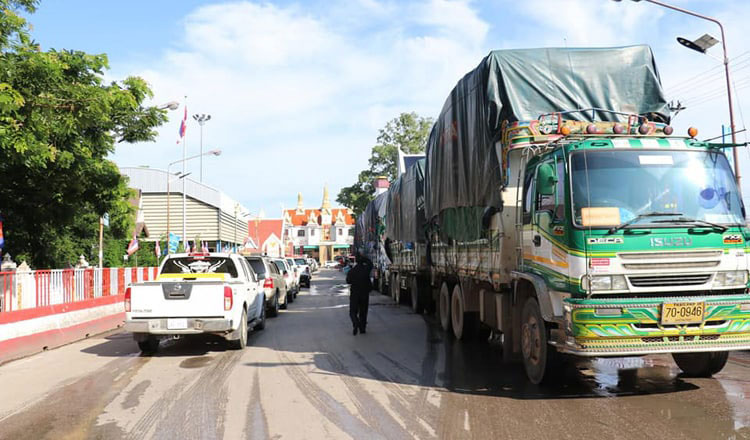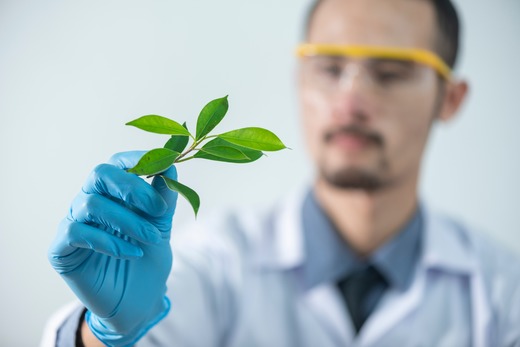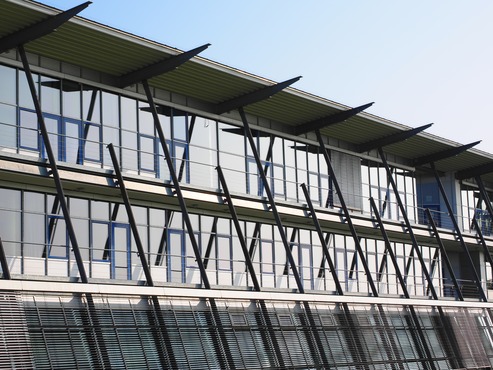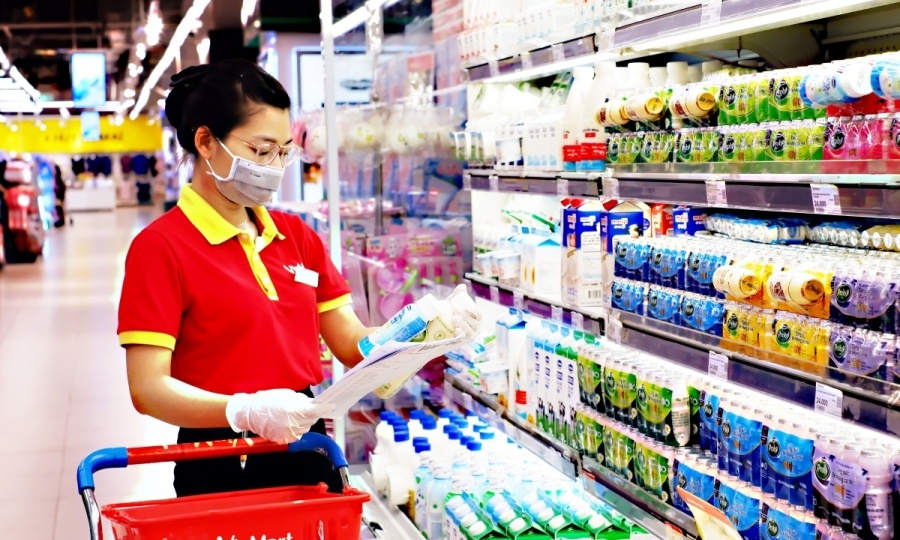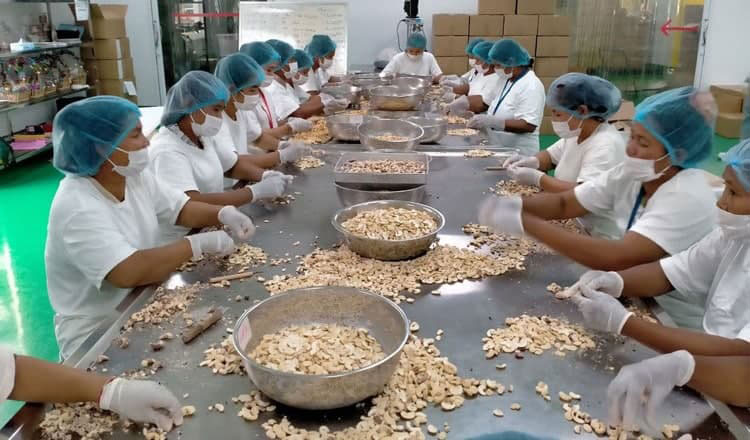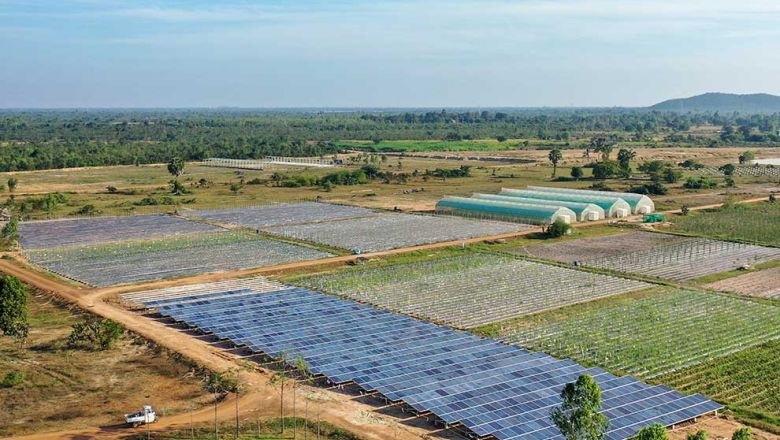MANILA, Philippines — Recovery of the tourism sector is gaining momentum in the Philippines and other Southeast Asian countries following the removal of pandemic-induced restrictions, according to a United Kingdom-based think tank.
“The recovery in tourism in ASEAN (Association of Southeast Asian Nations) gathered pace in the second quarter as the region moved on quickly from the sharp, but short outbreaks of Omicron earlier this year,” Miguel Chanco, chief Emerging Asia economist at Pantheon Macroeconomics, said in a report released yesterday.
He said the almost in sync removal of border restrictions put in place due to the pandemic would help the sector.
ADVERTISING
This started with the Philippines’ full reopening in February, to the most recent move by Thailand in May to do away with mandatory on-arrival tests and quarantines for vaccinated visitors.
“Not surprisingly, stratospheric rates of growth in arrivals from the extremely depressed COVID-era lows are now the norm,” Chanco said.
He said the Philippines saw an 866 percent quarter-on-quarter growth in tourist arrivals from April to June.
Chanco said growth in tourist arrivals in other ASEAN countries such as Vietnam, Thailand and Indonesia stood at 599 percent, 58 percent and 27 percent, respectively.
“The scope for catch-up in the second half of 2022 is still immense, even though huge intra-regional disparities are emerging,” he said.
Chanco said recoveries seen in the Philippines and Vietnam are more advanced compared to Indonesia and Thailand.
“The big picture advises us not to get carried away by the Philippines’ outperformance and not to be disheartened about Thailand’s underperformance,” he said.
He said the Philippines had one of the smallest ASEAN tourism industries in the pre-COVID era, with visitors at just eight million in 2019, while Thailand’s was at 40 million.
Even with China’s implementation of a zero-COVID policy, he said there were still Chinese visitors to ASEAN countries.
He said Chinese visitors accounted for three percent of total arrivals in Thailand in the first half, and six percent in Vietnam.
“Nevertheless, this still is a trickle of the pre-pandemic traffic, and the near-absence of Chinese tourists will create a hard ceiling for the regional tourism recovery, which likely will be hit in mid-2023,” he said.
“Admittedly, the roof is much lower for the likes of Thailand and Vietnam, where visitors from China accounted for roughly a third of the total in 2019,” he said.
In the Philippines and Indonesia, the share of Chinese tourists was at about 20 percent and 13 percent, respectively, prior to the pandemic.

